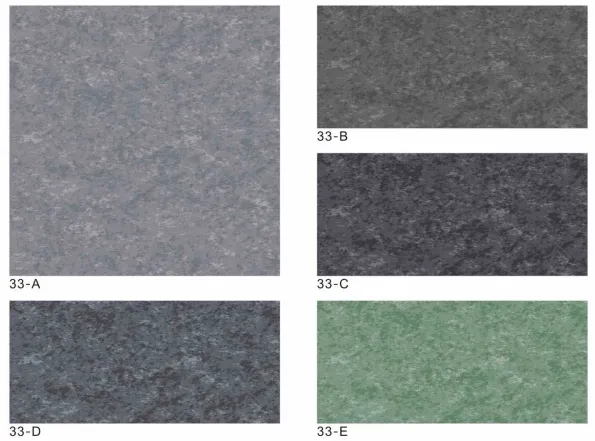Exploring Various Flooring Solutions for Commercial Office Spaces to Enhance Aesthetics and Functionality
Exploring Commercial Office Flooring Options
Choosing the right flooring for a commercial office is a critical decision that impacts not only the aesthetic appeal of the space but also functionality, maintenance, and employee comfort. With a plethora of options available, businesses must assess their specific needs, budget, and the nature of the work environment before making a choice. In this article, we delve into some of the most popular flooring options for commercial offices, highlighting their advantages and potential drawbacks.
1. Carpet Tiles
Carpet tiles have gained immense popularity in commercial settings due to their versatility and ease of installation. Available in a wide array of colors, patterns, and textures, they allow for customized designs that can reflect a company’s brand identity. Additionally, carpet tiles offer sound absorption, which can reduce noise levels in busy office environments.
Maintenance is straightforward; if a tile becomes stained or damaged, it can be replaced individually without the need to replace the entire flooring. However, one downside is that carpet in general can accumulate dust and allergens, necessitating regular cleaning to maintain a healthy indoor atmosphere.
2. Vinyl Flooring
Vinyl flooring is another excellent option for commercial offices, known for its durability and water resistance. This type of flooring can mimic the look of natural materials like wood or stone at a fraction of the cost. With advancements in technology, modern vinyl options come in various styles that can enhance the aesthetic appeal of an office.
Easy to install and maintain, vinyl can withstand heavy foot traffic, making it a practical choice for busy workspaces. However, it may not have the same luxurious feel as more premium materials, like hardwood or stone, which could be a consideration for higher-end office environments.
3. Hardwood Flooring
For businesses aiming for a more upscale and sophisticated look, hardwood flooring remains a classic choice. Its natural beauty and warmth can create an inviting atmosphere for employees and clients alike. Hardwood is exceptionally durable, provided it is properly maintained, and can increase the property value of a commercial space.
commercial office flooring options

However, hardwood flooring requires careful maintenance to avoid scratches and water damage, which may not be ideal for all office environments
. Additionally, it can be costly both in terms of installation and ongoing care.4. Laminate Flooring
Laminate flooring is an economical alternative that offers the visual appeal of hardwood or stone without the associated costs. It is resistant to scratches and fading, making it well-suited for busy areas. Laminate is easy to clean and install, often coming in snap-together planks that can be laid over existing flooring.
Despite its many benefits, laminate flooring may not have the same longevity as hardwood, and once it is damaged, it typically needs to be replaced entirely.
5. Concrete Flooring
An increasingly popular choice for modern commercial offices is polished concrete. This flooring option is incredibly durable and can withstand heavy equipment and foot traffic. Its sleek aesthetic can enhance a contemporary office design and is relatively low maintenance.
Concrete can also be stained or colored to fit the desired look of the office. However, it can be cold and hard underfoot, which might not provide the comfort that some employees prefer.
Conclusion
Selecting the right flooring for a commercial office is a decision that requires careful consideration of various factors such as durability, maintenance, aesthetic appeal, and budget. Each flooring option has its own unique advantages and challenges. By evaluating the specific needs of the workspace and the preferences of employees, businesses can make informed decisions that contribute to a productive and visually appealing environment. Ultimately, the right choice will create a lasting impact on both the functionality of the office and the well-being of its occupants.
-
Waterproof Advantages of SPC Flooring Vinyl in KitchensAug.06,2025
-
SPC Hybrid Waterproof Flooring Thickness GuideAug.06,2025
-
Leveling Subfloor Before My Floor SPC InstallAug.06,2025
-
How Mesh Deck Skirting Improves Outdoor Pest ControlAug.06,2025
-
Choosing the Right Commercial Flooring for Your Business NeedsAug.06,2025
-
Choosing the Best Residential Flooring: A Comprehensive Guide to Style, Durability, and ComfortAug.06,2025




